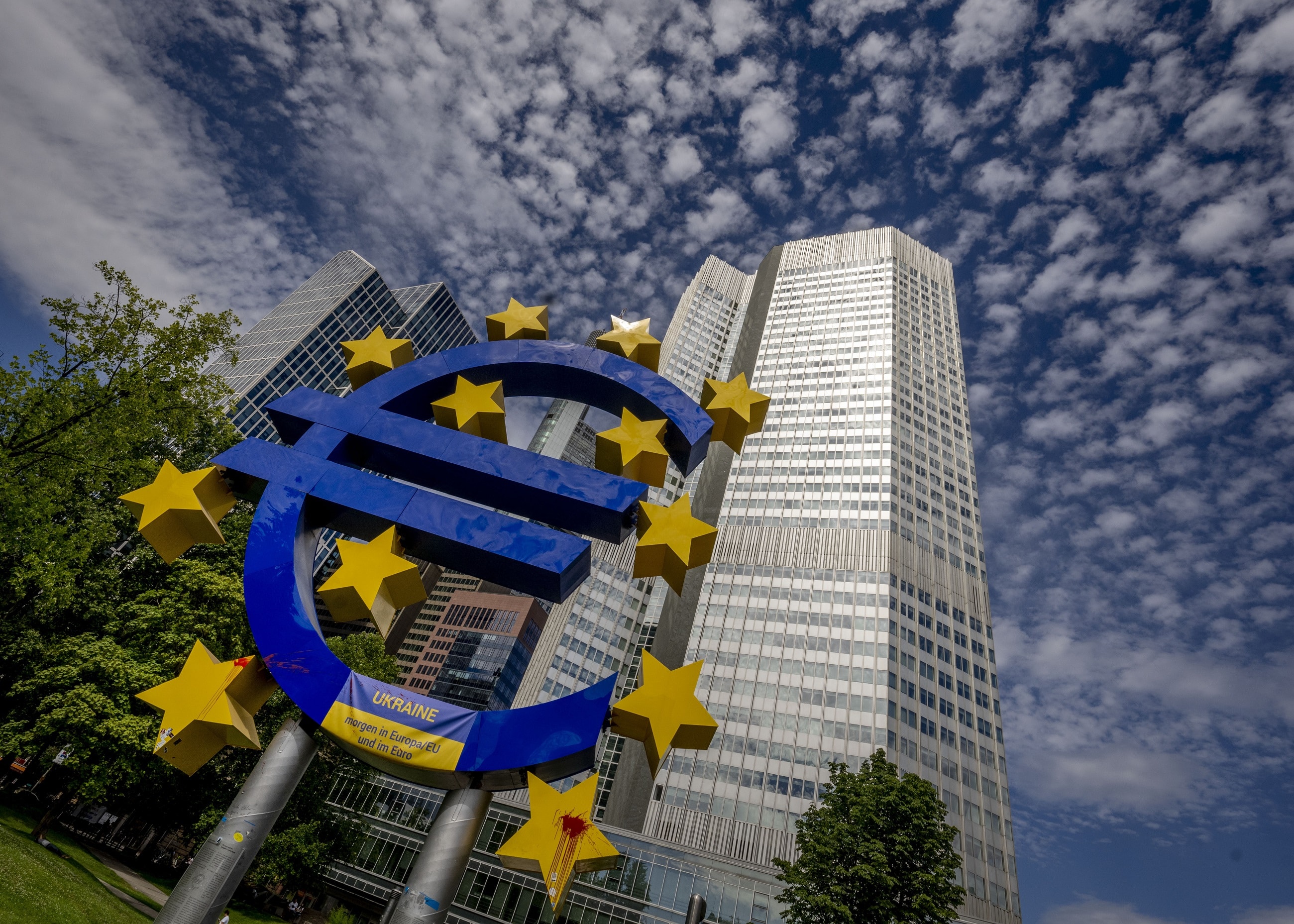beijingwalker
ELITE MEMBER

- Joined
- Nov 4, 2011
- Messages
- 65,191
- Reaction score
- -55
- Country
- Location
Inflation tops 10% in European Union, Inflation is rising faster in Europe than in the U.S., driven by the cost of energy
Inflation is rising faster in Europe than in the U.S., driven by the cost of energy, food and services. Meanwhile, excess mortality in the EU remains high but is lower than the worst periods of the pandemic.GABRIEL TYNES / September 16, 2022
— Countries in the European Union are still experiencing excess mortality as a result of the Covid-19 pandemic, but a more alarming trend may be the climbing inflation rate.
Inflation in the 19-nation eurozone rose to 9.1% in August, up 7.1% from just a year earlier, according to data released Friday by Eurostat, the EU's statistics agency. It remains 1% lower than the 10.1% inflation rate across the broader 27-member EU, which recorded a rate of just 3.2% in August 2021. The latest EU rate broke the previous record of 9.8% set in July.
Estonia, Latvia and Lithuania are being hit hardest by soaring costs, with inflation rates last month of 25.2%, 21.4% and 21.1%, respectively. Inflation was lowest in France, Malta and Finland, with August rates of 6.6%, 7% and 7.9% respectively.
Comparatively, the United States recorded an inflation rate of 8.3% in August.
Between July and August, inflation rose in 15 EU member states while falling in the other 12. Among selected sectors of the economy, the top contributor to the annual inflation rate in August was the energy industry with a contribution percentage of 3.95%, followed by food, alcohol and tobacco at 2.25%, services at 1.62% and nonenergy industrial goods at 1.33%. A contribution “shows how much of the annual inflation rate comes from a particular component of the Harmonized Index of Consumer Prices,” according to Eurostat.
In a separate metric, the agency also reported Friday that excess mortality in the EU hit +16% in July, its highest value in 2022. Excess mortality refers to the number of deaths from all causes measured during a crisis, above what could be observed in "normal" conditions. Eurostat uses the excess mortality indicator to measure the magnitude of the health crisis by providing “a comprehensive comparison of additional deaths amongst European countries and allows for further analysis of the causes.”
The July rate amounts to 53,000 additional deaths this year compared with the average between 2016-2019. Leading the EU in July was Spain with +37%, Cyprus with +33% and Greece with +31%, the top three of eight member states with values above the EU average. Only Latvia registered no excess deaths, within the margin of error.
Although Eurostat marked the July rate as “unusually high” for the month, it fell below other “distinct waves” of excess mortality recorded earlier in the Covid-19 pandemic. Data indicates excessive deaths in the EU peaked in April 2020 (+25.2%), November 2020 (+40.%, the highest), April 2021 (+20.9%) and November 2021 (+26.5%).
But not all the deaths are linked to Covid-19, the agency noted.
“The reasons for an excess mortality may vary according to different phenomena. Excess mortality is a more comprehensive measure of the total impact of the pandemic on deaths than the confirmed Covid-19 death count alone," it said. "In addition to confirmed deaths, excess mortality captures Covid-19 deaths that were not correctly diagnosed and reported, as well as deaths from other causes that can be attributed to the overall crisis condition. It also accounts for the partial absence of deaths from other causes like accidents that did not occur due, e.g., to the limitations in commuting or travel during the lockdown periods.”
All told, roughly 1.46 million additional deaths have been recorded in the EU between January 2020 and July 2022, compared to the same period between 2016-2019.

Inflation tops 10% in European Union
Inflation is rising faster in Europe than in the U.S., driven by the cost of energy, food and services. Meanwhile, excess mortality in the EU remains high but is lower than the worst periods of the pandemic.
